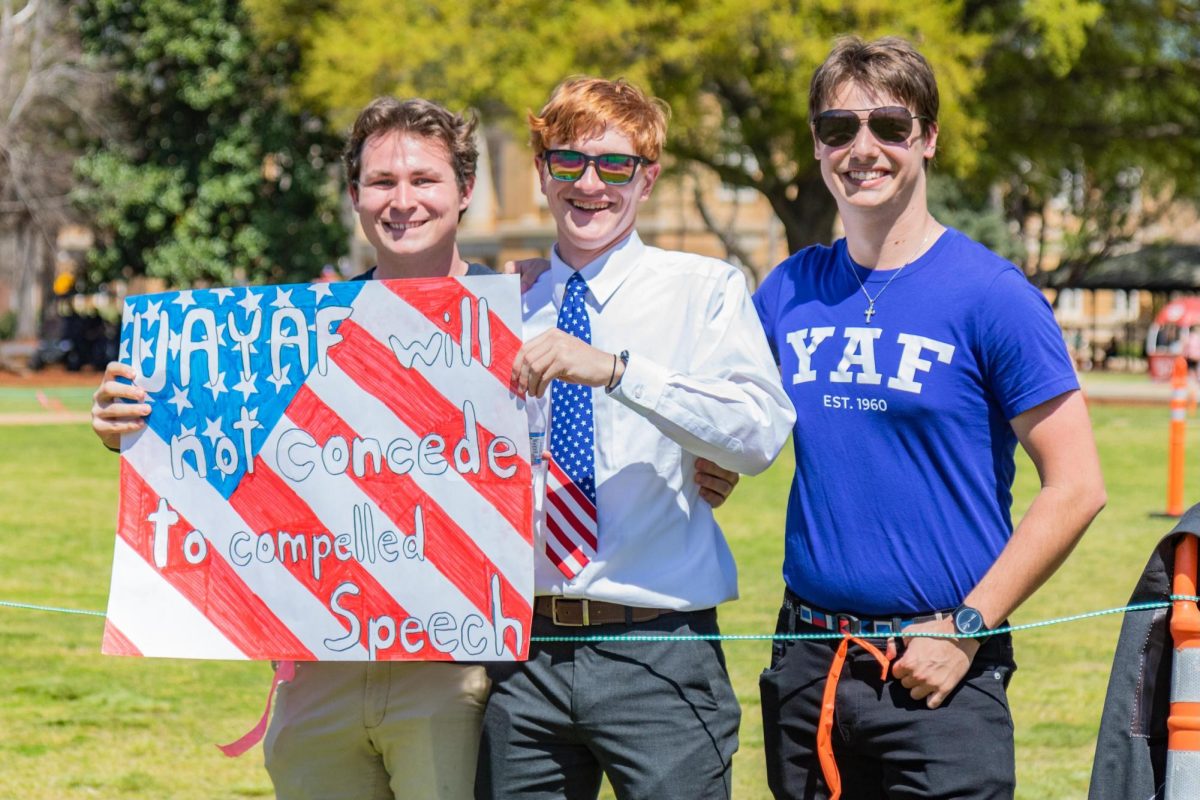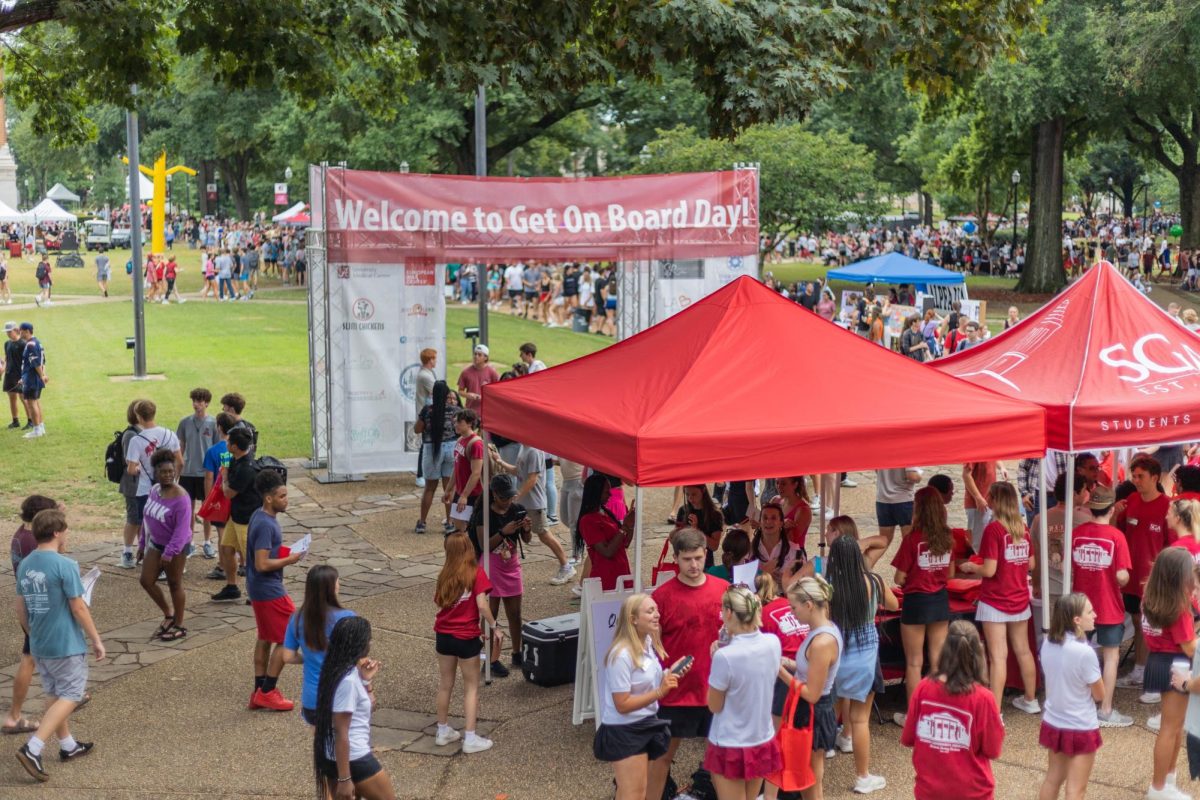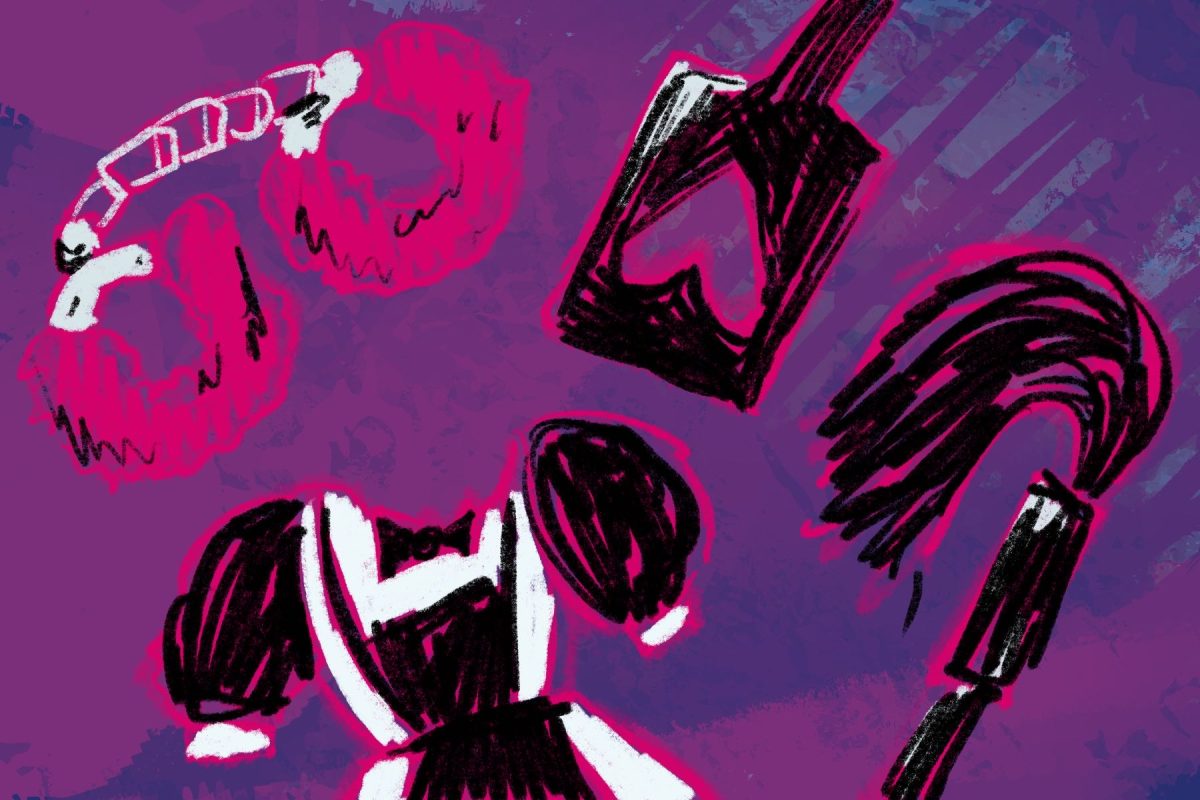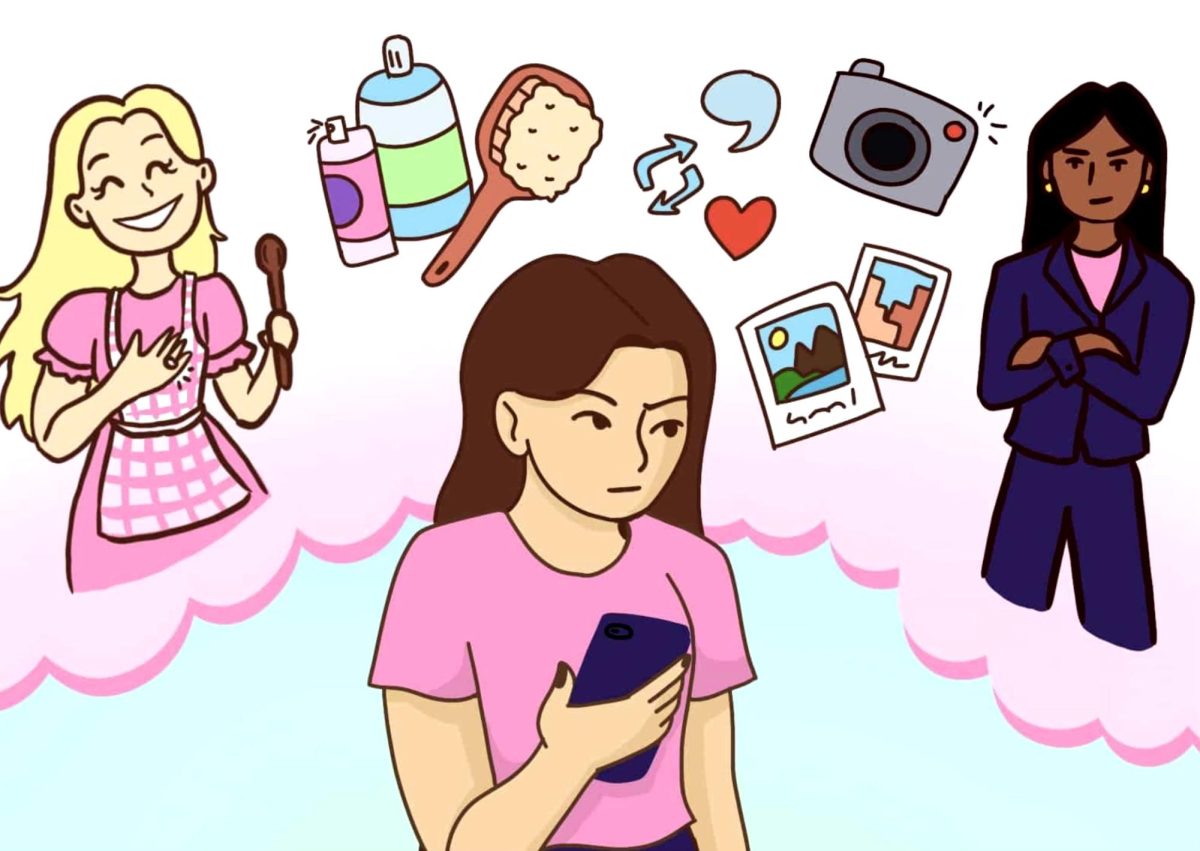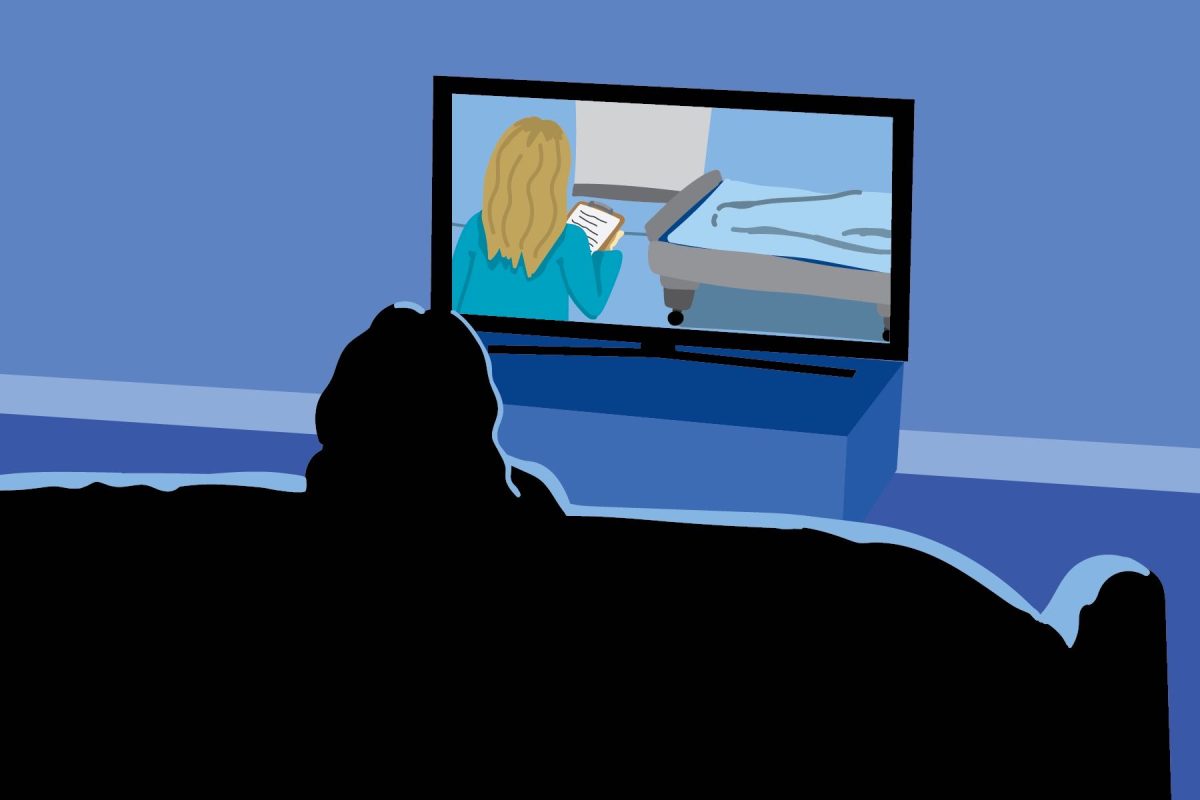“Cultural growth” is a new buzzword on campus. After the last decade’s enrollment explosion, many students are looking for ways we can engineer parallel growth as a unified community.
Growth as a community, though, is more complicated than growth as a student body. To expand student enrollment, admissions officers can strive to meet new quotas, administrators can detail their plans in precise PowerPoint presentations and targeted marketing campaigns can promote the University to large swaths of potential recruits in states across the country.
Communities, on the other hand, tend to be defined by the people who live in them – in our case, we the students. They develop more from the bottom-up than from administrative planning.
Still, leaders acting in their own spheres of influence can have a remarkable impact on the courses communities take. That is certainly true here, where administrators and student leaders have many opportunities to shape conversations and implement important programs.
Those conversations and programs can lead to profound changes in the way we interact with, and think about, each other.
Universal freshman mentoring that brings diverse groups of students together the moment they step on campus could lead to enduring friendships, and it would allow students to form networks that cut through traditional social barriers. Community activities in the dorms could create a real sense of identity among residents, pulling them out of their spacious suites to meet and work with their neighbors. Smaller class sizes and group projects, as much as some students may despise them, could generate partnerships that grow into joint research endeavors or launch new student organizations.
That is exactly what happened in 2005, when a group of students in an Honors College seminar presented an idea for an arts-advocacy organization that eventually became Creative Campus. That program was later featured in the New York Times bestselling book “That Used to Be Us,” written by Times columnist Thomas Friedman and Johns Hopkins University professor Michael Mandelbaum.
Other, less ambitious policy changes could also strengthen our community. Moving toward a smoke-free campus, for example, could make us all healthier, while discouraging more students from picking up the dangerous habit of smoking cigarettes.
Most importantly, though, community growth must start with the realization that others don’t gain at our expense, that the UA experience is not a finite resource to be more evenly distributed, but that it can be enhanced infinitely to empower more students from different communities.
We have nothing to fear when others succeed. In fact, the better any UA student does, the better off we all are, because we all share the prestige that comes with having a UA diploma.
Greek students really don’t stand to lose much if a non-greek student is elected to a student government office; non-greek students aren’t hurt by the development of new fraternity and sorority houses; white students in the Capstone Men and Women have nothing to fear if that program ever makes more than a token effort at diversity; our football tickets aren’t going to lose value if we all have to wait for a seat, rather than having them reserved for a few of us.
Today, the University offers many vibrant sub-communities to new students: the greek community, the Honors College, organizations devoted to the arts and leadership programs. Many of those sub-communities could, and should, become more inclusive and accessible. But that will only happen when we create a vibrant community of the whole that connects students with widely different backgrounds and interests.
Two weeks ago, before Guy Bailey took charge as the University’s president, Provost Judy Bonner released a statement welcoming him to campus that touched on this very issue.
“It’s an important time for us to remember who we are and to affirm who we must be, with every choice and every decision, every day,” Bonner wrote. “Please join me in making sure that our campus is always a welcoming, inclusive and respectful environment where every member of the UA family can be his/her highest and best self, and where we enable and encourage integrity, success and pride in every action and every endeavor.”
The statement was striking not only because of its exceptional language, but because it wasn’t necessary to explain the event at hand. Bonner could have released a generic statement simply welcoming Bailey, but she chose instead to challenge us to our highest values as a University community.
Those are the values that must guide us if we are serious about initiating this new phase of growth. Are we ready to fully embrace them?
Tray Smith is the Online Editor of The Crimson White. His column runs on Thursday.




